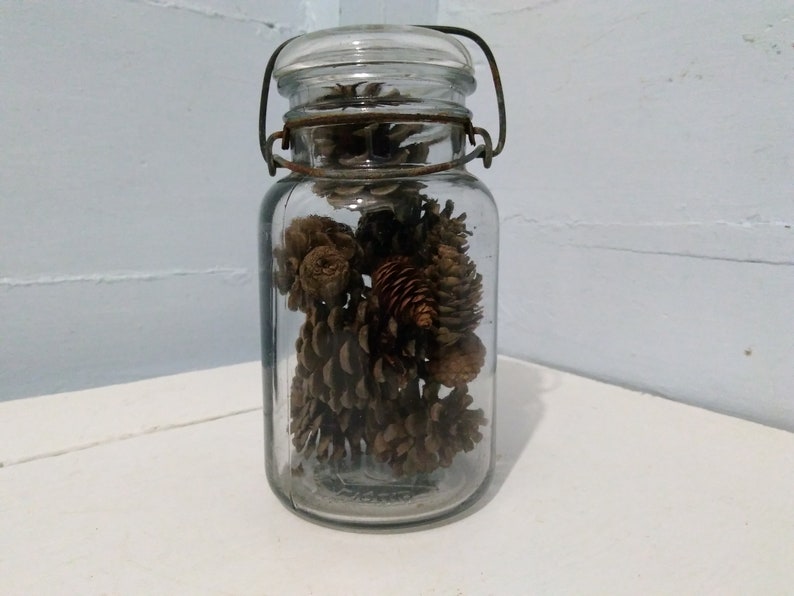
The total time may be more than 30 minutes if you have tightly packed jars, cold fish, or larger sized canners. The total time it takes to heat and vent the canner should never be less than 30 minutes. This step removes air from inside the canner so the temperature is the same throughout the canner. Then allow the steam to escape for an additional 10 minutes to vent the canner. If steam does not come through the open vent in a steady stream at the end of 20 minutes, keep heating the canner until it does. If steam comes through the open vent in a steady stream at the end of 20 minutes, allow it to escape for an additional 10 minutes. Fasten the canner cover securely, but do not close the lid vent. Put the rack in the bottom of canner and place closed jars on the rack. When you are ready to process your jars of fish, add 3 quarts of water to the pressure canner. It is critical to product safety that the processing directions are followed exactly. Processing Change for Quart Jars: The directions for operating the pressure canner during processing of quart jars are different from those for processing pint jars, so please read the following carefully. However, the oil will increase the caloric value of the fish.Ĭarefully clean the jar rims with a clean, damp paper towel wipe with a dry paper towel to remove any fish oil. If desired, run a plastic knife around the inside of the jar to align the product this allows firm packing of fish.įor most fish, no liquid, salt, or spices need to be added, although seasonings or salt may be added for flavor (1 to 2 teaspoons salt per quart, or amount desired).įor halibut, add up to 4 tablespoons of vegetable or olive oil per quart jar if you wish. Pack solidly into hot quart jars, leaving 1-inch headspace.
#Quart jars skin
If the skin has been left on the fish, pack the fish skin out, for a nicer appearance or skin in, for easier jar cleaning. The one-quart straight-sided mason-type jar is recommended. Refrigerate all fish until you are ready to pack in jars.Ĭut the fish into jar-length filets or chunks of any size. For halibut, remove the head, tail, fins, skin, and the bones. You can leave the bones in most fish because the bones become very soft and are a good source of calcium. Remove head, tail, fins, and scales it is not necessary to remove the skin. You can add vinegar to the water (2 tablespoons per quart) to help remove slime. Procedure: If the fish is frozen, thaw it in the refrigerator before canning. Keep cleaned fish on ice until ready to can. There is no way for the home canner to prevent these crystals from forming, but they usually dissolve when heated and are safe to eat.Ĭaution: Bleed and eviscerate fish immediately after catching, never more than 2 hours after they are caught. Note: Glass-like crystals of struvite, or magnesium ammonium phosphate, sometime form in canned salmon. Blue, Mackerel, Salmon, Steelhead, Trout and Other Fatty Fish Except Tuna The following is an excerpt from the USDA Complete Guide to Home Canning covering canning fish.

Use this and our other canning resources to keep your pantry stocked with fresh foods all year long. In this helpful excerpt from the United States Department of Agriculture’s Complete Guide to Home Canning, you’ll learn the process for canning fish safely in quart jars.

Canning fresh seafood is a great way to keep delicious ingredients close at hand for future meals.


 0 kommentar(er)
0 kommentar(er)
